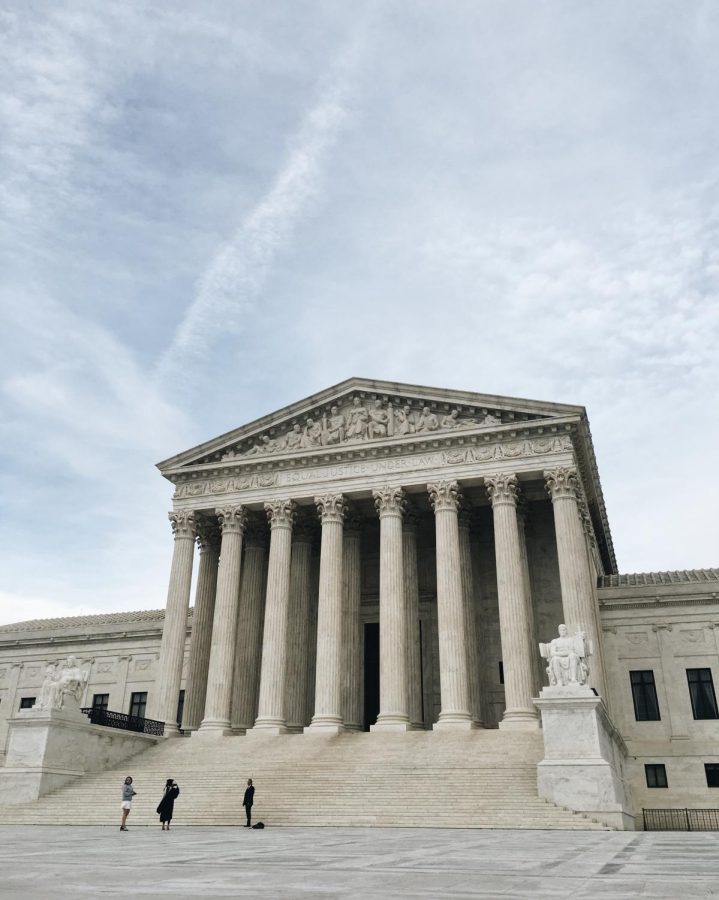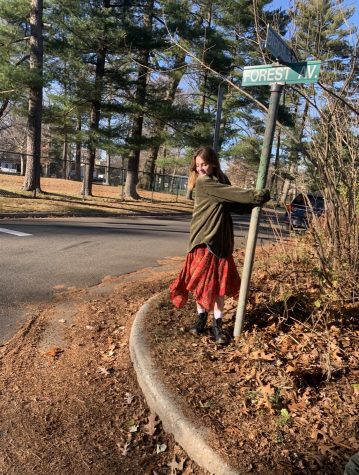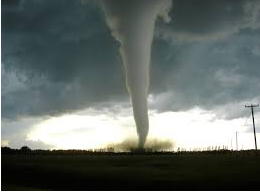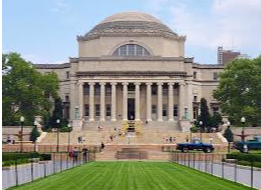The Thin Line Between Extremism and Activism
May 20, 2022
A lone figure stands, engulfed in flames licking him like heavenly fire, in front of the Supreme Court, life dripping out of him with the gasoline. This sounds like something straight out of a dystopian YA novel, but alas, it was merely this Earth Day.
Wynn Alan Bruce was a 50 year old climate activist who took to Washington D.C. to protest the governments’ inaction regarding climate change. He self-immolated, and was soon airlifted to a hospital with burns, ultimately dying of the injuries.
The act comes as the Supreme Court is soon to give their ruling on the recent case of Republican state attorneys and coal companies alike asking the courts to weaken the Environmental Protection Agency, therefore stopping them from regulating gas emissions and power plants. This is most definitely one of, if not the, most important case regarding the climate crisis in recent years, and sets the stage for America’s policies regarding clean air and the regulation of those emissions moving forward.
A contemporary of Bruce, Kritee Kanko, publicly announced on Twitter that the act was not suicide- it was a highly planned and “fearless” act of protest that was a true testament to his life and beliefs. She later clarified that his method of protest was not entirely admirable, and she does not condone harmful and dangerous self-harm in the name of progress.
This is not the first time an activist went to extreme methods to spread their message, nor is it even the first time a climate activist self immolated. Brooklyn, New York saw its own protest in 2018, when David Buckel self-immolated to spread his message- “Most humans on the planet now breathe air made unhealthy by fossil fuels, and many die early deaths as a result — my early death by fossil fuel reflects what we are doing to ourselves.”
Other activists protest through civil disobedience; many block traffic or lock themselves to buildings supporting fossil fuel projects. Bruce was a constituent of the Buddhist religion, and moreover Buddhism is no stranger to the act of setting oneself on fire, though it is a deeply controversial practice to this day. Referred to as an ascetic practice, it is only rarely seen in the Mahayana sect of the religion. It is quite possible that Bruce was inspired by those who came before him, as well as his Buddhist practices.
But many haven’t even heard of Wynn Bruce at all. Between the Met Gala and the trial of Johnny Depp and Amber Heard, a climate activist lighting himself on fire seems to have slipped the public’s hungry radar. Seems almost fitting. Centuries of pop culture taking the spotlight from real-world problems should render this latest slight predictable- and it’s not just pop culture. With Roe v. Wade in danger of being overturned any day now, it seems we as a people find ways to wreck ourselves, leaving the cataclysmic, tumultuous threat of greenhouse gasses and climate change in the backseat.
Leaving a lone man burning to death in front of the Supreme Court on Earth Day.












